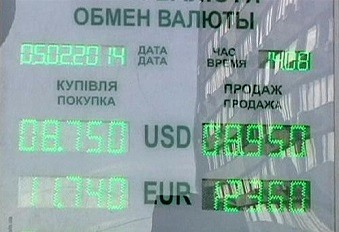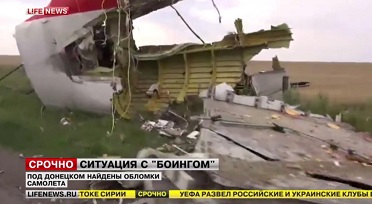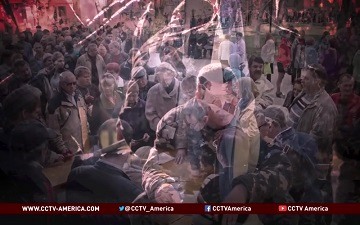Losing Credibility: The IMF’s New Cold War Loan to Ukraine
In April 2014, fresh from riots in Maidan Square and the February 22 coup, and less than a month before the May 2 massacre in Odessa, the IMF approved a $17 billion loan program to Ukraine’s junta. Normal IMF practice is to lend only up to twice a country’s quote in one year. This was eight times as high.
Four months later, on August 29, just as Kiev began losing its attempt at ethnic cleansing against the eastern Donbas region, the IMF signed off on the first loan ever to a side engaged in a civil war, not to mention rife with insider capital flight and a collapsing balance of payments. Based on fictitiously trouble-free projections of the ability to pay, the loan supported Ukraine’s hernia currency long enough to enable the oligarchs’ banks to move their money quickly into Western hard-currency accounts before the hernia plunged further and was worth even fewer euros and dollars.
This loan demonstrates the degree to which the IMF is an arm of U.S. Cold War politics. Kiev used the loan for military expenses to attack the Eastern provinces, and the loan terms imposed the usual budget austerity, as if this would stabilize the country’s finances. Almost nothing will be received from the war-torn East, where basic infrastructure has been destroyed for power generation, water, hospitals and the civilian housing areas that bore the brunt of the attack. Nearly a million civilians are reported to have fled to Russia. Yet the IMF release announced: “The IMF praised the government’s commitment to economic reforms despite the ongoing conflict.”[1] A quarter of Ukraine’s exports normally are from eastern provinces, and are sold mainly to Russia. But Kiev has been bombing Donbas industry and left its coal mines without electricity.



























